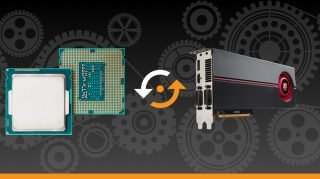The unit of money used in the United Kingdom is called the pound sterling. Dollars won’t be an option for you to utilise. It is recommended that you use your credit card to withdraw some pounds from a cash machine as soon as you arrive. You might be able to find currency exchange vendors at airports and other tourist traps, but the rates they offer will make your eyes wet. Payments are often made via contactless card readers. It would be ridiculous for you to come here with a wallet full of money when there are other, more convenient means of payment.
You may occasionally come across an independent retailer that accepts currency other than the pound sterling, but the exchange rate will stink out loud. I’m stuck with a handful of dollars from my last trip, but it’s not worth going to a bank to change them. You may occasionally come across an independent retailer that accepts currency other than the pound sterling. To begin, there are some people who are willing to trade older or more significant US dollars for something else. These are antique stores. There are also post offices, travel agencies, and stores that sell foreign currencies that take dollars. They will take your dollars or pretty much ANY other foreign currency and convert it into its comparable value in the British pounds. There will be a little fee, of course, deducted from the total amount.
Given that one dollar is often worth less than one pound, the conversion rate may come as a bit of a surprise to some people. When I had to explain all of these things to prospective exchange students in the United States, the conversation that ensued was very entertaining.
There are a significant number of chain stores in London that are able to accept US dollars in cash (notes only, such as M&S), however, you will be given a change in Sterling and the exchange rate may not be very favourable. Spending U.K. pounds in New York, for example, is a lot simpler than doing the same with currency in major cities throughout continental Europe, while the latter is more difficult.
On the other hand, using one of the numerous and numerous currency exchangers that are located in shops such as M&S, the majority of supermarkets, and WH Smith is a preferable alternative. Because they avoid having to meet a minimum commission requirement, they quote an exchange rate that does not draw any further commission. This is typically by far the most cost-effective method for exchanging modest quantities of money (though again Continental European exchanges usually have better rates than London). As an illustration, M&S now offers a rate of 1.5397 US dollars to one British pound, in contrast to an interbank rate of 1.5977; this is a spread of 3.6% and is equivalent to or lower than the spread plus fee charged by an ATM.









